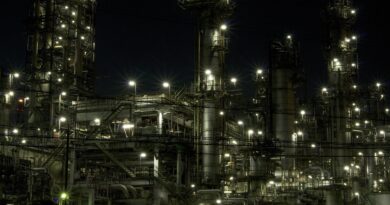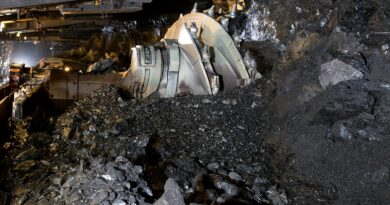Planet Caring: Enviro-metals production
Researchers at the Max Planck Institute and MIT are working on ways to reduce CO2 in the production of metals. Six percent of global CO2 emissions—4.4. billion tonnes per year—are currently produced by the steel and aluminium industry. Modern societies would hardly be able to function without metals: alone 1.7 billion tonnes of steel and 94 million tonnes of aluminium are produced per year.
However, extracting metals from ores is extremely energy-intensive and produces huge amounts of CO2 emissions, thereby contributing to climate change. Steel and aluminium producers emit 30% of the greenhouse gases emitted by industrial companies worldwide.
In order to reduce CO2 emissions in production, industry must recycle more scrap. Melting down a metal consumes considerably less energy than extracting it from its ore. “This applies above all to waste generated in the metal industry itself because large quantities are involved, and they can be separated relatively homogeneously.
In the production of metals and their alloys, CO2-neutral processes are increasingly required. In this way, the respective ores can be electrolytically reduced directly to the corresponding metals with regenerated electricity. However, metals can also be obtained in whole or in part with the aid of regenerative hydrogen.
Companies can also save a lot of energy and thus CO2 when processing metals, especially by reducing the considerable losses that occur at all stages. For example, 40% of the molten aluminium is lost before it has even become a sheet of metal. In the case of steel, this scrap amounts to 25% at the very beginning of processing.
Scrap must be better sorted since an alloy fulfills its function only if it does not contain too many impurities. Recycling therefore needs sophisticated techniques to identify, separate, clean, and crush alloys.
materials scientists are refining the possibilities of controlling the behaviour of metallic materials not only by their chemical composition but also by their micro- and nanostructure.
The ecological footprint of the metal industry can be drastically reduced simply by making alloys (or the components made from them) more durable. Fewer metals will have to be produced to replace them. Above all, corrosion protection would have a huge effect.
The efforts to counter corrosion are as varied as the corrosive effects themselves. The industry protects many metals from electrochemical decomposition with sacrificial anodes (the material of which is corroded first). Materials scientists are also investigating alloys that heal cracks and other damage themselves by changing their micro-structure. They are also developing coatings that can eliminate (or at least mitigate) corrosion damage.
Cars with lighter bodies consume less fuel, and turbines that can operate at higher temperatures generate more efficient electricity from the heat of fossil fuels. In some cases, the efficiency of the application can still be improved by the design of the components; 3-D printing creates new possibilities here. In many cases, however, metallurgists are once again called upon to develop appropriate alloys. By changing the composition and the micro-structure, they can increase the strength of the materials, reduce their density, or increase their resistance to high temperatures.



